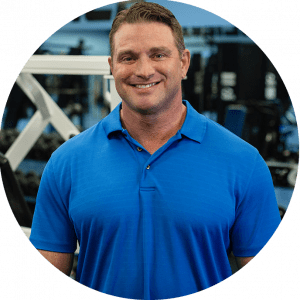
Gyms should (hopefully) be opening up again soon. Even so, there’s still a lot to be said for putting together your own home gym. Ideally, it will include at least one piece of exercise equipment. Realistically, one piece of exercise equipment is likely to be all most people can manage. So which should you choose?
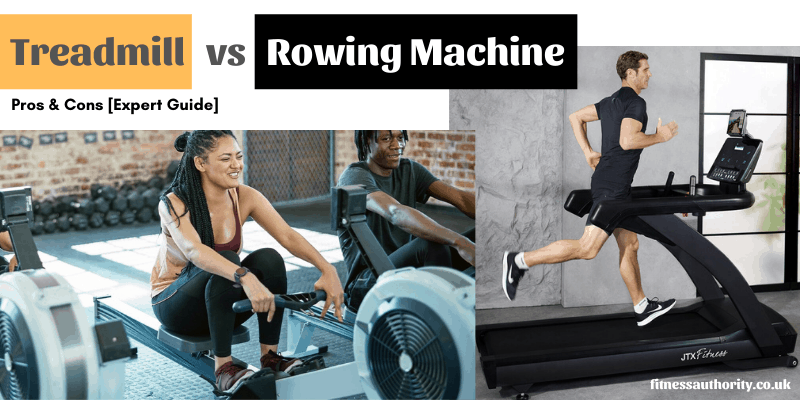
Content quick to the list
Choosing the right piece of exercise equipment
Walk into any gym and you’re practically guaranteed to find multiples of five key items. These are treadmills, rowing machines, exercise bikes, cross trainers and weight machines. The last three take up way too much space for the average home gym. This means that most people are going to be choosing between treadmills and rowing machines.
For the record, we’re big fans of both. In fact, we’re big fans of exercise bikes, cross trainers and weight machines. So how do you choose between them? Here are the criteria we’d check.
Space requirements
As a minimum, you’re going to need to allow floorspace of 1M by 0.7M for an open treadmill itself. This will go down to a minimum of 0.1M by 0.7M for a folded treadmill. Keep in mind, however, that longer, wider, treadmills often deliver a better running experience.
For a rowing machine, you’re looking at a minimum of about 1.4M by 50M. Again, bigger rowing machines tend to be better at delivering a more “gym-like experience. In either case, you’ll need to allow plenty of space around the machine so you can move on and off it easily.
Ease of storage
Every home treadmill we’ve ever seen has been described as “folding”. This may be true, but it has different practical meanings for different treadmills.
Some treadmills only allow the deck to be folded up. They’re way too big and bulky to be moved for storage. This means you need to be able to keep them where you want to use them. Other treadmills can be folded and moved fairly easily. These lighter treadmills are, however, likely to have more limited functionality.
Rowing machines, by contrast, tend to be much easier to fold up and store away. Even the premium ones (which tend to be heavier) are generally fairly portable.
Noise levels
This is a straight win for rowing machines. Treadmills need motors and motors make noise. If you’re in a flat, then a treadmill is probably a complete non-starter. The only exception would be if you’re in the lowest flat i.e. you have nobody beneath you. Even if you’re not, you’d need to think about the practicalities of working out when your housemates are around.
Modern rowing machines designed for household use generally have magnetic resistance. This means that they are practically silent in use. At the premium end, you may find rowing machines with air and water resistance. These are a bit noisier. They are, however, really intended for use in dedicated home gyms.
Overall ease of use
We’d say this is a tie. Even a total fitness beginner should be able to get on either a treadmill or a rowing machine and do a basic workout. After that, it’s really up to you how much you want to integrate modern technology into your workouts.
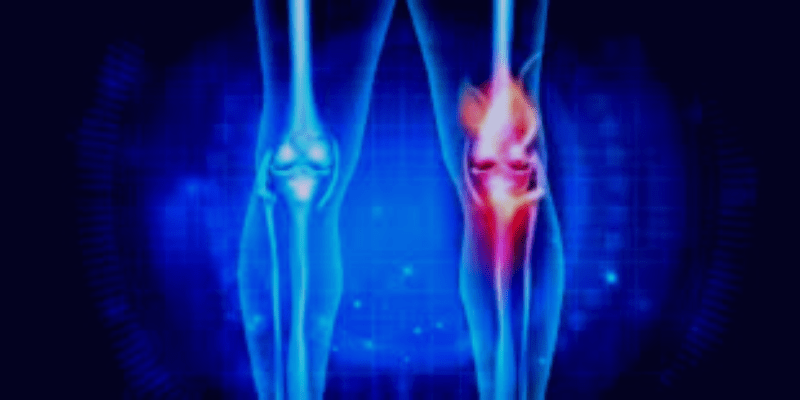
Protection for joints
By contrast, this is a clear win for rowing machines. Running inevitably has some level of impact on the joints. It’s less on a treadmill than on a hard surface, but it’s unavoidable.
What’s more, with treadmills, there is usually a very direct link between the level of cushioning and the price. In other words, if you want the best protection for your joints, you need to pay for it.
Rowing, by contrast, is zero impact. This means that even the most affordable rowing machines can be used safely by people with joint issues.
How you like to work out
We’d say that how you like to work out should be a higher consideration than what you want to achieve. Frankly, you’re only going to achieve anything if you put in the work. That means you need to want to work out. So, here are some questions to ask yourself.
Do you prefer repetition or flexibility?
Rowing machines are basically all about repetition. Many people are perfectly happy with this. They just put on some entertainment and zone out while they work out. You can also take this approach on a treadmill. In fact, a lot of people do. Some people, however, find it painfully boring, hence the old joke about “dreadmills”.
These days, however, treadmills have upped their game. Even entry-level models should have a few pre-set programmes for a bit of variety. As you go up the scale, the range and variety of these programmes increases. What’s more, you usually get the option to create (and update) your own work-out programmes.
When it comes to video workouts, treadmills are very much in the lead. In the short term, that lead is only going to widen as Peloton has entered the treadmill market. It’s hard to see them organizing instructor-led treadmill workouts. Treadmills aren’t really ideal for fitness classes. It is, however, very easy to see them putting together a great library of video workouts.
If Peloton does well here (and it’s hard to see why it shouldn’t), then you can expect other companies to follow suit. Peloton, and other companies, may progress to rowing machines. In fact, there’s a strong chance that rowing machines are next on their agenda. Until then, however, rowing machine users basically have music or TV to keep them occupied.
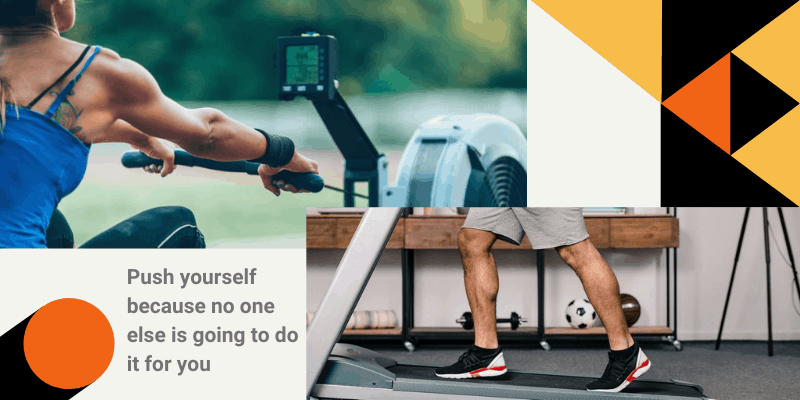
What do you want to achieve?
Here’s a list of fitness goals and how treadmills and rowing machines stack up in terms of helping you achieve them.
Learning to run/row
If you’re serious about running then you obviously want a treadmill. Likewise, if you’re serious about rowing, you obviously want a rowing machine. If, however, you mainly run or row for fun, then choose whichever machine fits best into your lifestyle.
Losing weight/maintaining weight loss
Frankly, both losing weight and maintaining weight loss depend on your motivation to get on whatever machine you choose. So choose the one you prefer and ignore the rest.
Working your muscles
On their own, rowing machines win here because they’re basically a whole-body workout. That said, if you have room for a treadmill, then you have room to do floor exercises. These can be used to work out the top half of your body.
Improving strength
Basically, the same comments apply here. That said, if strength is a key goal for you, then you’re probably going to want to add in some weight training. Proper weight machines are a daydream in most homes. Free weights, by contrast, are much more accessible, if you can actually find them to buy. If you can’t, or you’re in a really tiny space, try resistance bands.
Improving stamina
This is a tie. Again, improving your stamina is essentially about committing to the work involved. This will depend on your motivation, so choose whatever machine appeals to you the most.
Improving flexibility
This is also a tie, but in this case, it’s a tie for a non-result. Neither treadmills nor rowing machines will do anything for your flexibility. In fact, if you focus purely on them, your flexibility is very likely to decrease. The solution is to make sure to mix up your workouts and/or to incorporate stretching into your rest days.
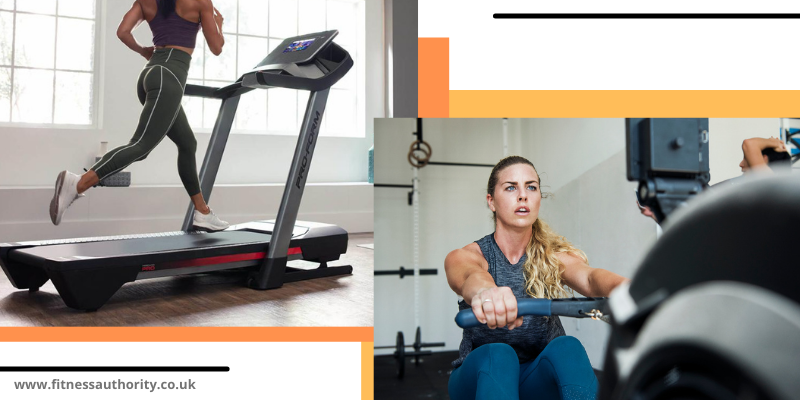
Treadmill vs Rowing Machine Pros and Cons
Treadmill Pros
More digital resources e.g video workouts
Good for keeping up running when you can’t get outside
Can help you work on the mechanics of your stride
Treadmill Cons
Impact of striking board
Relatively noisy
Only delivers a lower-body workout
Rowing Machine Pros
Zero-impact
Quiet
Full-body workout
Rowing Machine Cons
Can get monotonous
Limited range of video workouts
Needs more floor space than a treadmill
In short
We reckon most people are going to have a personal preference for either treadmills or rowing machines. If that’s you and it fits into your lifestyle then go for it. Frankly, motivation is the most important part of any fitness programme.
Katie is our resident Editor and extremely is a well-respected voice in the world of fitness. Katie has a first-class Hons degree in Journalism and is proud to say that she has written leading entries featured in the biggest media outlets including Vogue, Women Health Magazine and CoachMag. Great outdoors and animal lover and always on the go


![Treadmill vs Rowing Machine – Pros and Cons [Expert Guide]](https://fitnessauthority.co.uk/wp-content/uploads/thumbs_dir/Vibration-Plate-Benefits-1-p42gd4jeci3jaqvo61hmzbir48jubt4d3x4nbmqeyk.png)
![Treadmill vs Rowing Machine – Pros and Cons [Expert Guide]](https://fitnessauthority.co.uk/wp-content/uploads/thumbs_dir/Best-Collagen-Supplement-UK-1-p4dnaz2sbrie80bq79v99tidln2kf6c057be42rn7g.png)






